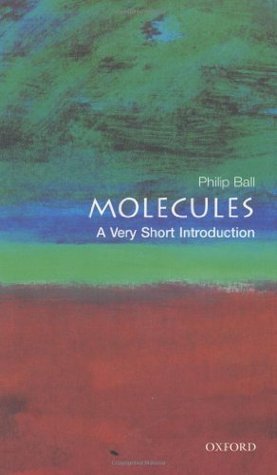What do you think?
Rate this book


184 pages, Paperback
First published November 27, 2003
Incautious things are said about the project to map the human genome. One hears, for instance, that a sufficiently skilful engineer could make a human from the information therein. This is nonsense. The body is full of molecules that are not encoded in the genome – it encrypts only proteins, and even those in somewhat garbled and incomplete form. The genome tells us nothing about the lipids that make up cell membranes, let alone about how they are driven by physical forces to aggregate into sheets, loops, and spheres. The genes will not tell us how neural signalling works, how the brain encodes thoughts and sensations in delicately timed trains of electrical pulses. There is no gene for bone, for tooth enamel. The genome is the book of the cell in much the same way as the dictionary is the book of a performance of ''Waiting for Godot''. It is all in there, but you will not deduce one from the other.
In the end, we are left with the same question: what is life? It will not be answered – or at least, not here. But Schrödinger's answer – negative entropy (see page 74) – for all its shortcomings contains a grain of truth. For it is a necessary but not sufficient characteristic of life that it imposes order on chaos. Chaos is death. If cells cannot send and receive clear messages, if they do things at the wrong time, if their membranes lose their organization, if proteins fail to fold, then life cannot be sustained. We are islands of order in a wild world.